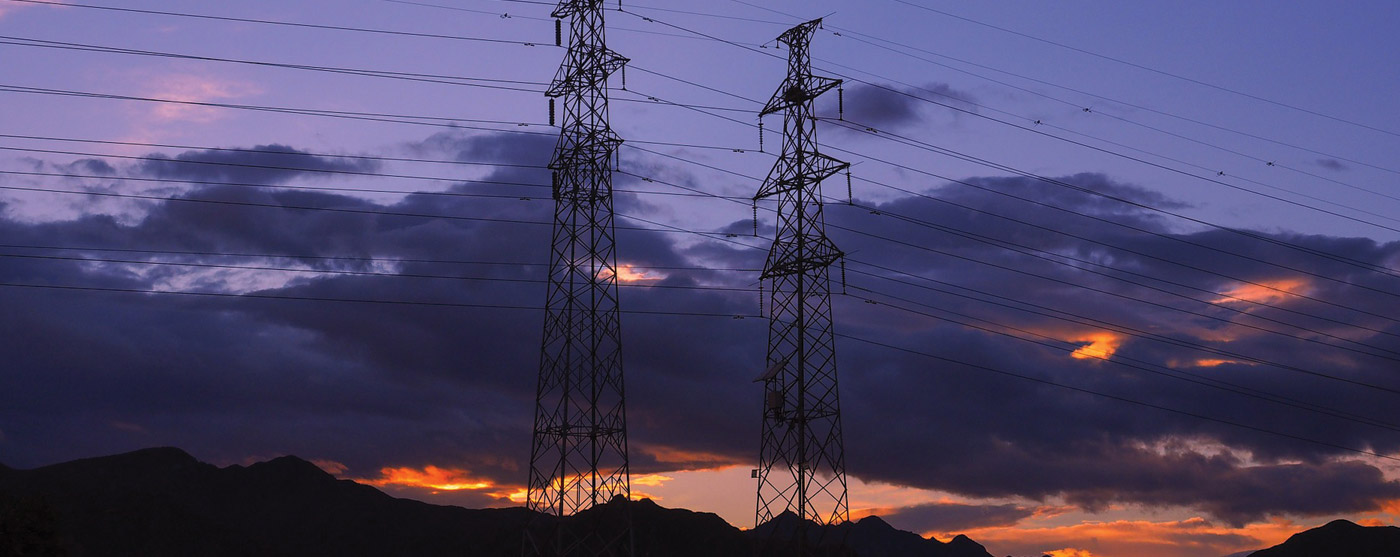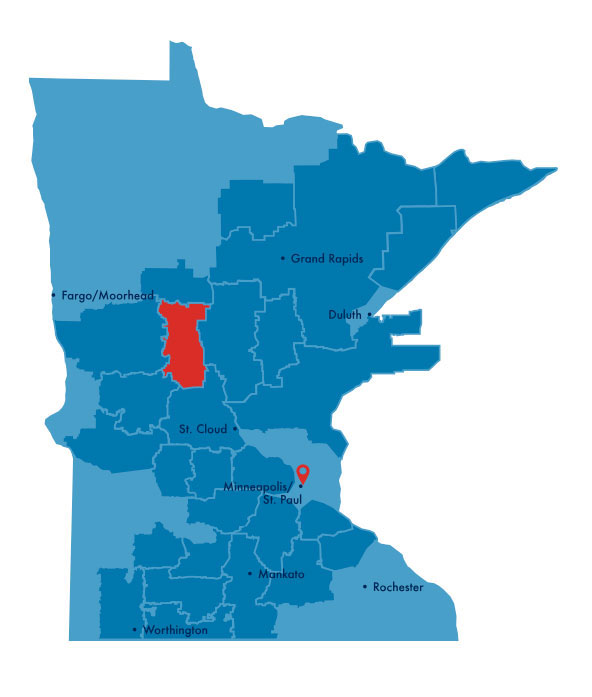Todd-Wadena Electric Cooperative
This member-owner cooperative has deep roots in its communities and provides electric service to one of the largest seed corn companies in the United States.
Todd-Wadena Electric Cooperative (TWEC) was one of the first electric cooperatives. Formed in 1940, the co-op has returned almost $17 million to their members through capital credits since then.
Its service territory covers most of Todd and Wadena counties, and includes AgReliant Genetics, the nation’s third-largest seed corn company. It is a leader in seed research, production and quality, and is one of the fastest growing independent seed companies in the agriculture industry. The company’s LG Seeds Western Division sales and distribution offices are in Wadena, Minnesota. This local production facility conditions approximately 160,000 units of corn and 450,000 units of soybeans each year. Locally, the company employs approximately 70 people.
Growing Pilot Projects
Agriculture is the lifeblood of the TWEC service area. This rural cooperative has been working with Great River Energy to pilot some forward-thinking projects.
‘Sota Grown is a project TWEC, Lakewood Health System, Central Lakes College, EPRI and Great River Energy are working on together. The project includes research around a fully enclosed hydroponic indoor food production container. During this two-year research project, Great River Energy and TWEC will examine the energy needs of the container and evaluate beneficial rate designs.
TWEC is also working with Great River Energy on a pilot project with members who participate in a program that allows their cooperative to interrupt electric service to irrigation systems. Members have requested that their systems be allowed to operate without interruption in May and September, so they are able to move pivots to plant and harvest. Great River Energy and TWEC are working together examine the effects of suspending control during those months. Load control programs like interruptible irrigation are important to TWEC as 37% of its membership is involved in some sort of load management program.









